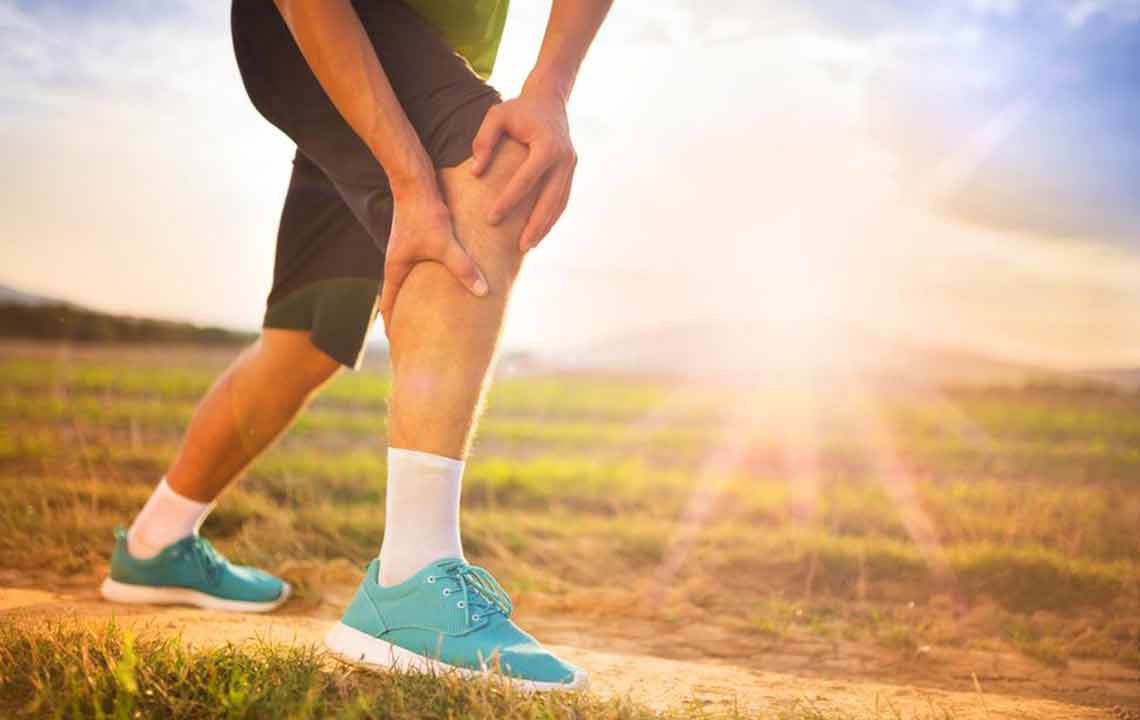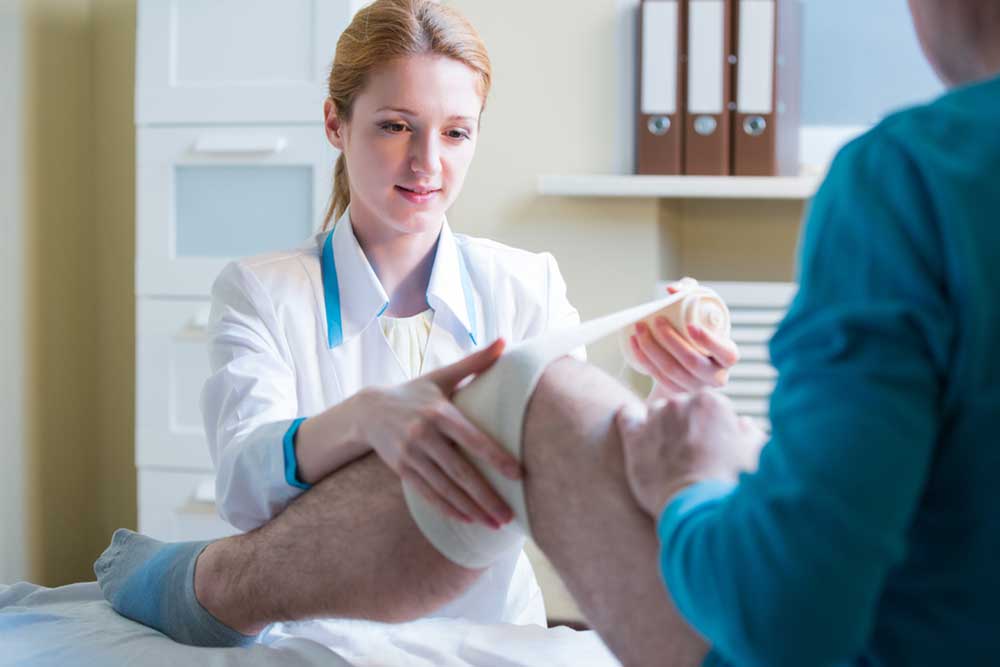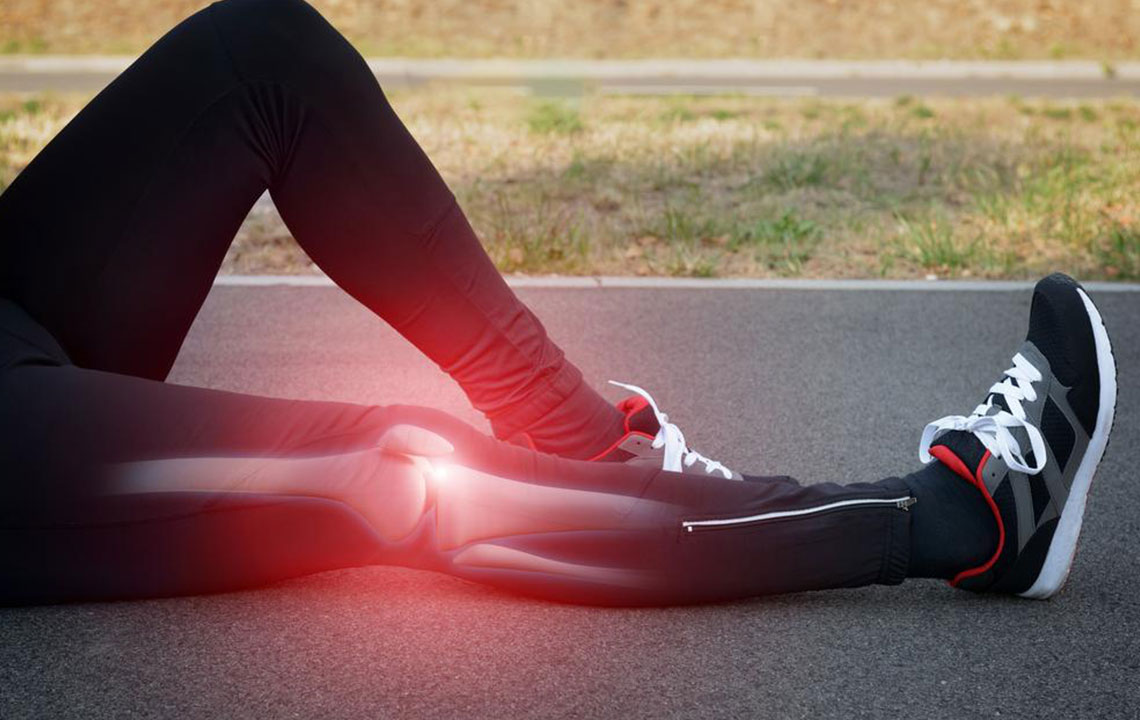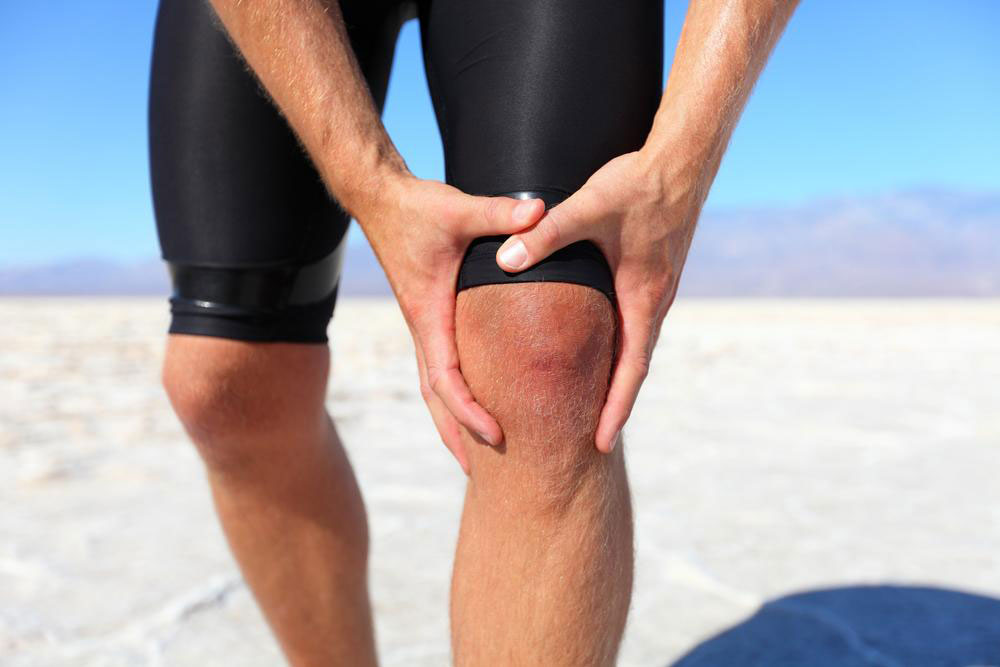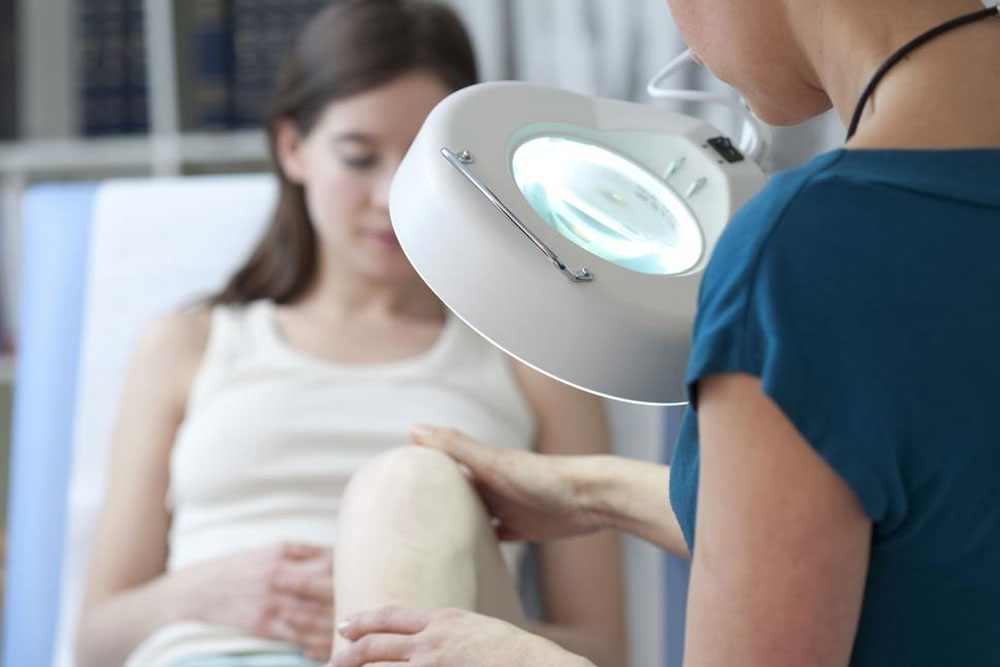Comprehensive Guide to Pain Behind the Knee: Causes, Prevention, and Treatment Strategies
This comprehensive guide explores the common causes of pain behind the knee, including muscle cramps, Baker’s cysts, and runner’s knee. It offers effective prevention tips, initial management strategies, and advice on when to seek medical help. Maintaining knee health is essential for an active lifestyle, and understanding these issues can help prevent long-term damage. Learn how to protect your knees, alleviate discomfort, and enjoy greater mobility through proper care and early intervention.
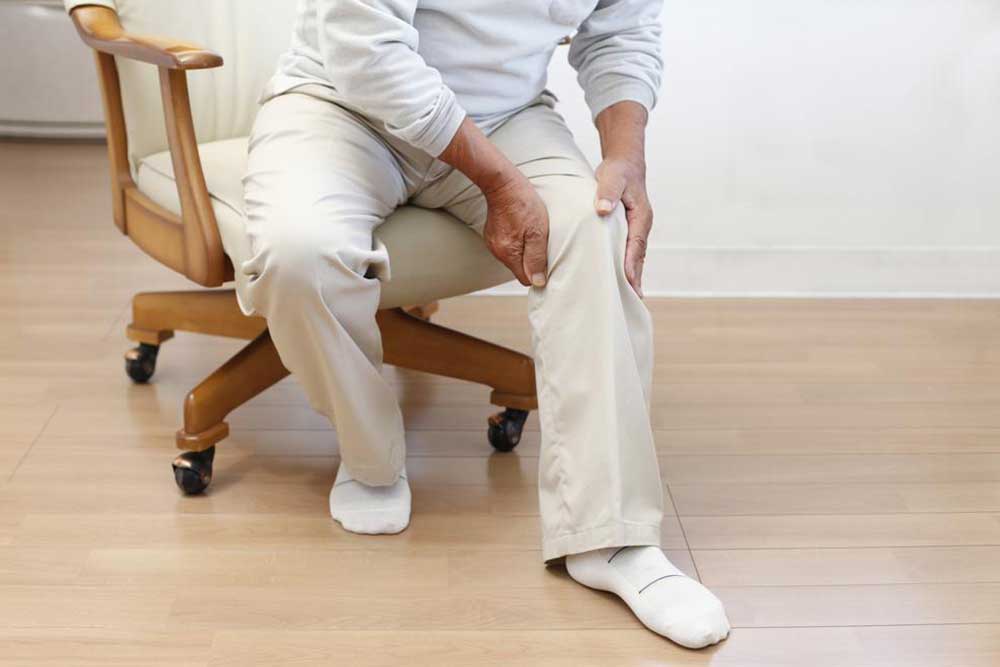
Comprehensive Guide to Pain Behind the Knee: Causes, Prevention, and Treatment Strategies
Experiencing pain at the back of the knee can be a distressing symptom that affects daily activities and overall quality of life. This discomfort can stem from a variety of causes, ranging from minor muscle cramps to more complex structural issues. Understanding the root causes of posterior knee pain is crucial for effective treatment and prevention. While some remedies are simple, others may require medical evaluation and intervention. The knee joint endures significant stress during everyday movements such as walking, running, or bending, making it susceptible to injury and strain. Proper management involves educating oneself about common causes, employing preventive measures, and seeking appropriate treatment when necessary.
Common Causes of Pain Behind the Knee
Identifying the underlying cause is the first step toward effective management. Here are some prevalent reasons behind posterior knee pain:
Muscle Cramps and Spasms
Muscle cramps are involuntary, sudden contractions of muscles, often leading to sharp pain behind the knee. These cramps are usually temporary but can be severe enough to impede movement. They commonly occur after overexertion or insufficient stretching before physical activity.
Factors contributing to muscle cramps include dehydration, electrolyte imbalances, high toxin levels in the blood, nerve irritations, and conditions such as tetanic spasms or liver-related issues. Adequate hydration, proper warm-up routines, and stretching exercises are crucial preventive measures. If cramps persist or recur frequently, consulting a healthcare professional is advisable to rule out underlying health conditions.
Baker’s Cyst: Swelling and Fluid Accumulation
Baker’s cyst, also known as popliteal cyst, is a swelling caused by the buildup of excess joint fluid behind the knee. This condition can result from various knee joint issues, including arthritis or cartilage damage. Small cysts might be painless initially; however, as they grow larger, they can exert pressure on surrounding tissues, leading to pain, tightness, and restricted movement. In some cases, the cyst may rupture, causing fluid to leak into the calf area, resulting in inflammation and additional discomfort.
Runner’s Knee: Cartilage Wear and Tear
Runner’s knee, medically termed patellofemoral pain syndrome, occurs when the cartilage beneath the kneecap deteriorates or becomes damaged. This condition is common among athletes, especially runners, cyclists, or those involved in high-impact sports. The deterioration causes bones to grind against each other, leading to pain behind or around the knee cap, especially during activities like running, climbing stairs, or kneeling.
Symptoms of runner’s knee include weakness in the knee and leg, limited joint movement, occasional buckling or instability, and audible crackling sounds during movement. It often results from muscular imbalances, improper footwear, or overuse. Preventive measures include regular stretching of the quadriceps, hamstrings, and calves to improve flexibility and strengthen supportive muscles.
Preventive Measures and Initial Management
Preventing posterior knee pain involves maintaining muscular balance, avoiding overuse, and employing proper technique during physical activity. Regular stretching exercises target key muscle groups, including the quadriceps, hamstrings, and calves, to enhance flexibility and reduce the risk of strain. Additionally, strength training for the muscles surrounding the knee enhances joint stability.
The RICE protocol—Rest, Ice, Compression, and Elevation—is widely recommended for managing acute knee injuries or pain episodes. Rest prevents further damage, applying ice reduces swelling and numbs pain, compression helps support the joint, and elevation decreases fluid accumulation. For persistent pain lasting longer than a few days, or if swelling, redness, or warmth occurs, consulting a healthcare professional is essential for accurate diagnosis and tailored treatment.
When to Seek Medical Attention
If knee pain persists beyond a week, worsens, or is associated with significant swelling, redness, warmth, or fever, it is crucial to seek medical attention. These symptoms could indicate infections, ligament injuries, meniscal tears, or other serious conditions requiring imaging studies and specialized treatment. Early intervention can prevent long-term damage and improve recovery outcomes.
In conclusion, understanding the primary causes of pain behind the knee enables individuals to adopt effective prevention strategies and seek appropriate treatment. Whether it’s muscle cramps caused by dehydration, cysts resulting from joint fluid buildup, or cartilage wear from overuse, timely management is key. Education about proper exercise techniques, regular stretching, and listening to your body can significantly reduce the risk of posterior knee pain, ensuring that you maintain healthy, pain-free knees for years to come.
